Places where vital components are mounted on the bodywork or,
Chassis should be inspected at least yearly.
Thin metal sections are used in the bodywork of modern cars,
And corrosion can cause the mountings to come adrift.
Steering-system mountings, in particular, can be affected.
Checking steering mountings
The steering-box system usually has the box mounted in the engine bay,
Bolted to the side of the bodywork or to the front cross member.
To inspect a mounting of this type properly,
Drive the car up on-ramps.
Make sure that the handbrake is on and the rear wheels chocked.
Do not prop the car up on jacks or axle stands,
As the weight must rest on the wheels.
Open the bonnet if that helps you to see the mountings better.
Wipe all dirt and grease from the steering-box mounting bolts,
Mounting lugs or clamps and the surrounding body or chassis metalwork.
Use an engine-cleaning fluid if necessary.
Ask a helper to turn the steering wheel while
You look at the mountings from both above and below for any movement.
The weight of the car on the wheels provides enough loading on the system
For any movement to be seen.
If there is movement, check that all the mounting bolts are in place,
And fitted with their nuts and washers in the same order,
As when they were fitted originally.
See whether the nuts are tight by trying them with a spanner.
If they are loose, use a torque wrench to tighten them to the correct loading.
The loading figure may be given in the car handbook;
Otherwise, consult a service manual or ask your local dealer.
If a lock washer or self-locking nut is fitted,
It must always be renewed when re-tightening mounting bolts.
Now examine the mounting lugs on the steering box itself for cracks or breaks.
Use a torch if any parts are in shadow. If there are any cracked or broken lugs,
Buy a new or reconditioned unit.
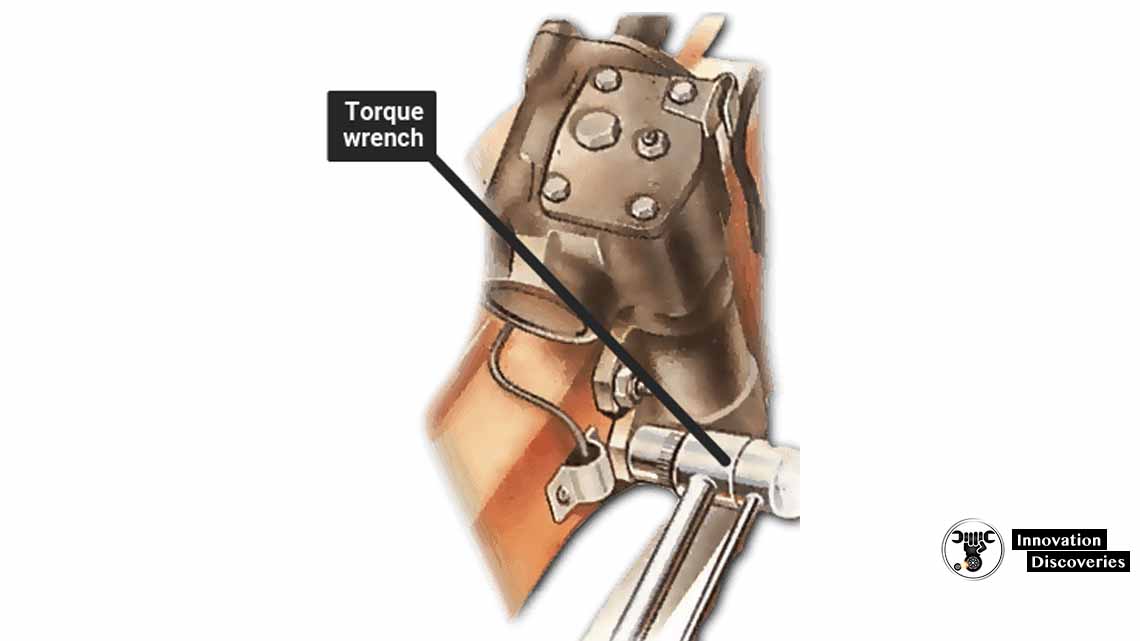
If they are loose, renew the lock washer or self-locking nut.
Next, check the metalwork to which the steering box is bolted:
Look for heavy rusting and cracks. Probe it with a screwdriver and look for buckling or
Other signs of weakness as your helper turns the steering wheel.
Any weakness is serious and requires immediate attention.
Reinforcing sections of metal or even new chassis side members must be welded in,
A job for a garage or a professional welder.
Finally,
Check that the drop arm is fixed securely to the splined sector shaft
Protruding from the base of the steering box.
It may be held by a castellated nut locked by a split pin on the end of the shaft,
Or by a clamp bolt on the end of the steering arm.
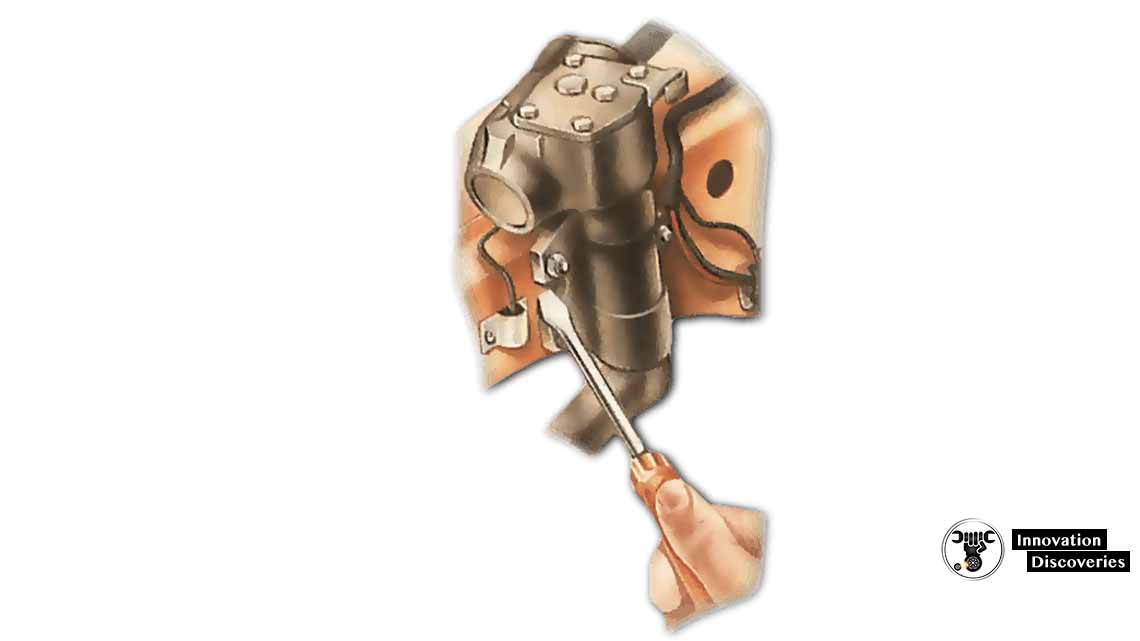
Rust by probing with a screwdriver.
See that it is not loose and that the split pin or,
Any other locking device is in good condition.
Tighten the drop-arm retaining nut to the recommended
Loading with a torque wrench.
If necessary,
Tighten the retaining nut to its recommended loading with a torque wrench.

Recommended loading with a torque wrench.


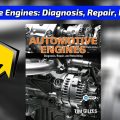

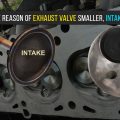
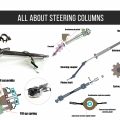
7 Comments